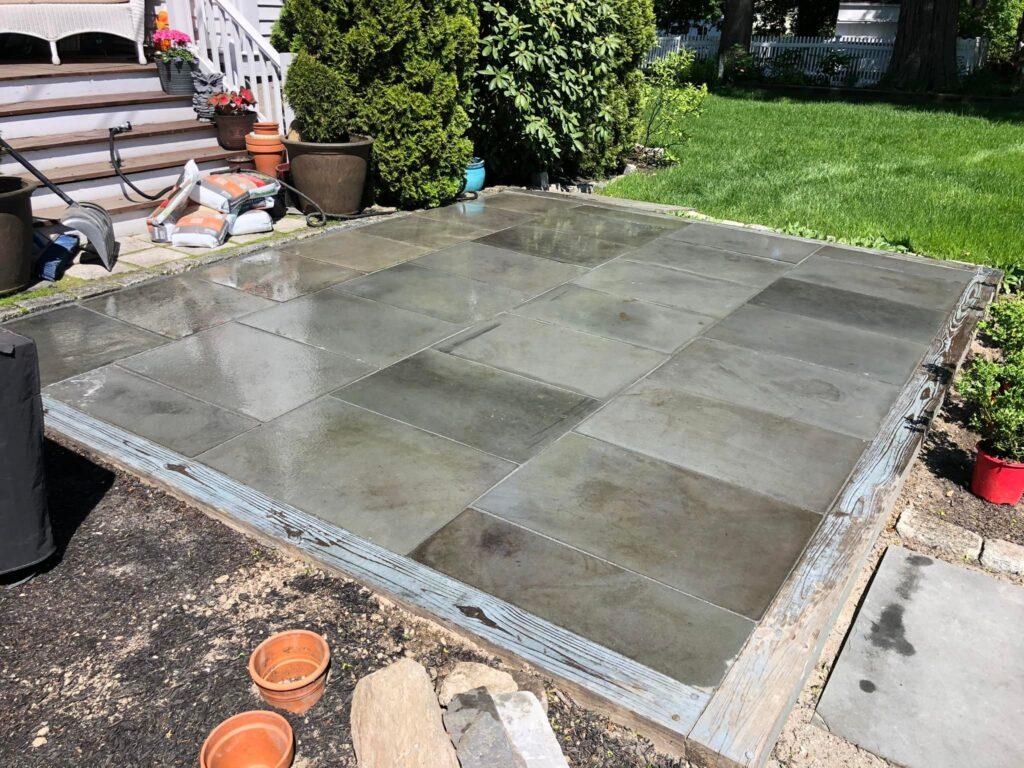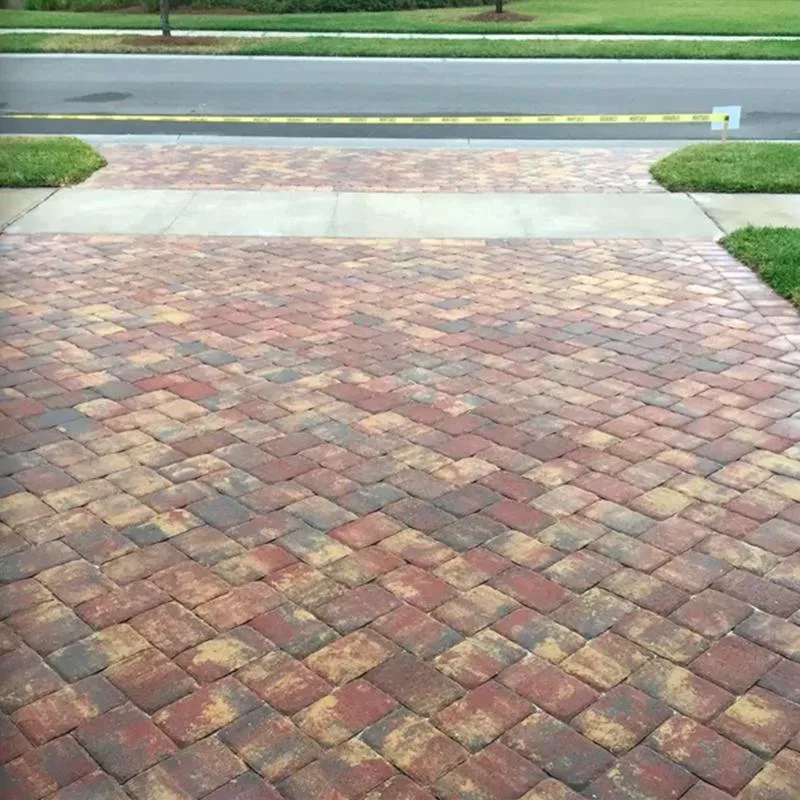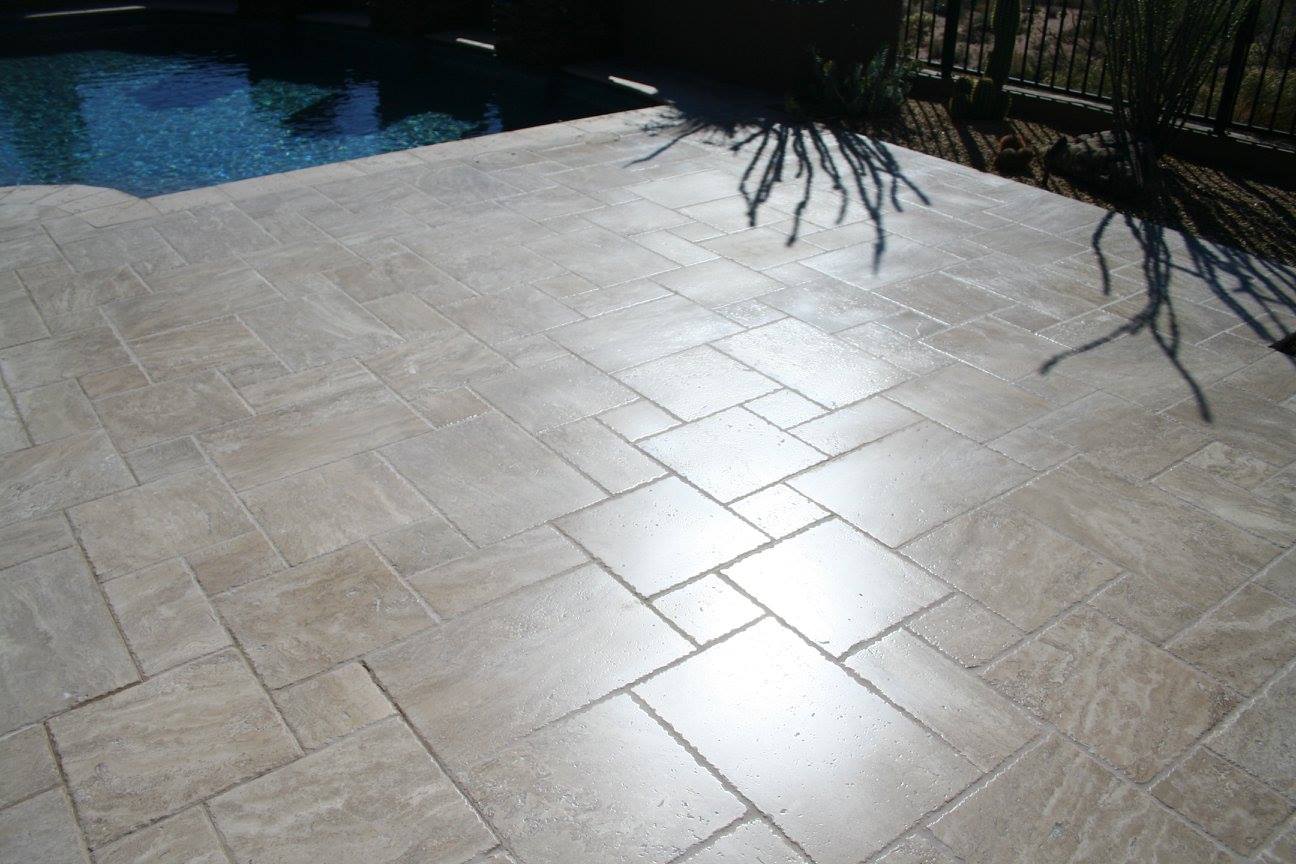Concrete Sealing: Unleashing the Power of Protection and Longevity
Welcome to the world of concrete sealing! If you’re a homeowner, business owner, or construction professional in the market for enhancing and protecting your concrete surfaces, then you’ve come to the right place. Concrete is one of the most widely used materials in building structures and pavement due to its durability and affordability. However, despite its strength, it is not immune to external factors such as weather, chemicals, and heavy foot traffic that can cause damage over time. That’s where concrete sealing comes into play – providing a powerful layer of protection against these elements and extending its longevity. In this blog post, we will delve into everything you need to know about concrete sealing – from what it is and how it works to why it should be an essential part of your maintenance routine. So buckle up as we unleash the power of protection and longevity with concrete sealing.
The Concept of Concrete Sealing and Its Benefits
Concrete sealing is essentially the process of applying a protective coating to concrete surfaces to prevent damage and prolong their lifetime. This coating forms a robust barrier that shields the concrete from external factors, such as moisture, UV rays, chemicals, and physical abrasion, ensuring it remains as sturdy and aesthetically pleasing as the day it was poured.
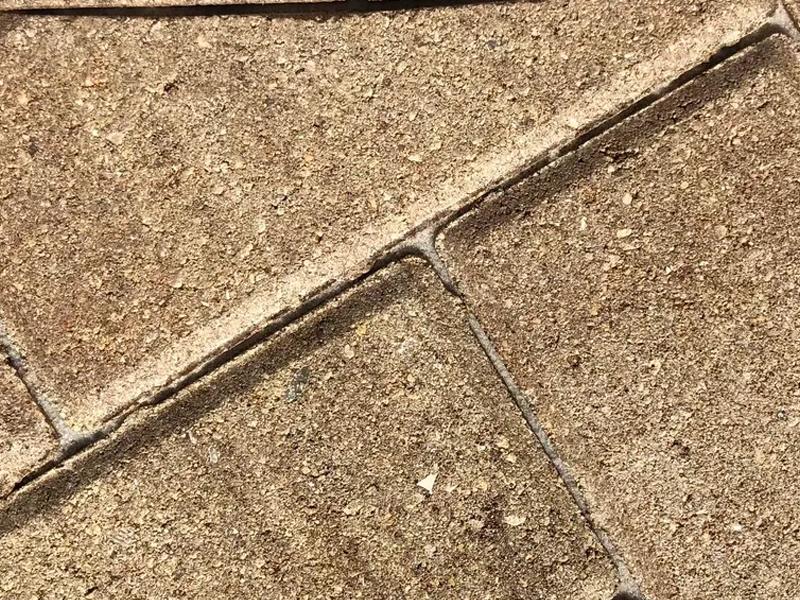
The benefits of concrete sealing are multifold. Primarily, it grants your concrete surfaces additional resilience, preventing cracks, flaking, and staining. This not only enhances the appearance of your concrete but also reduces the need for frequent repairs, saving you time and money in the long run. Furthermore, sealing can enrich the color of your concrete, providing a glossy sheen that adds to your property’s aesthetic appeal. Concrete sealing is therefore not just a practical choice, but a smart one—it’s an investment in the strength, beauty, and durability of your concrete surfaces.
The Importance of Protecting Your Concrete Surfaces
Protecting your concrete surfaces is imperative to maintain their functionality and aesthetic quality. Concrete, despite its durability, is porous. This means it can absorb water, salts, and other substances, leading to a weakening of the structure over time. Damaged concrete not only looks unsightly but can also pose potential safety hazards, such as tripping over uneven surfaces or falling debris from deteriorating structures.
Sealing your concrete surfaces acts as a protective shield, blocking the permeation of harmful substances and preventing the adverse effects of harsh weather conditions. It also stands up to heavy use and wear, making it less susceptible to abrasion, cracking, or staining. By investing in concrete sealing, you ensure the longevity and durability of your structures, saving yourself from costly repairs or replacements down the line. Therefore, it is not merely a preventative measure but a strategic move to uphold the value and appeal of your property.
Types of Concrete Sealers and Their Purposes
There are several types of concrete sealers available in the market, each with their own specific purposes and advantages.
Acrylic Sealers
Acrylic sealers are a popular choice for many given their quick-drying nature and cost-effectiveness. They offer a thin yet protective layer to the concrete, safeguarding it from UV rays and color fading. While they might not be as durable as other types, their ease of application and reapplication make them ideal for both indoor and outdoor surfaces.
Epoxy Sealers
Epoxy sealers are renowned for their high-gloss finish and excellent resistance to chemicals, making them suitable for industrial and commercial floors that require a robust and durable finish. They create a thick, hard surface able to withstand heavy traffic and are often used in warehouses, garages, and factories.
Penetrating Sealers
Unlike their counterparts, penetrating sealers don’t form a film on the surface but instead seep deep into the concrete providing protection from within. They are typically made from silanes, siloxanes, or siliconates. These sealers provide excellent protection against moisture and deicing chemicals, making them perfect for driveways and exterior concrete surfaces. They maintain the natural look of the concrete as they do not change the surface appearance or color.
Each type of sealer offers unique benefits, so your choice should be based on the requirements of your concrete surfaces. Some factors to consider include the level of traffic, exposure to chemicals, weather conditions, and your aesthetic preference.
Step-by-Step Guide on How to Properly Clean and Prepare Your Concrete for Sealing
Sweep the Surface: Start by sweeping the concrete surface with a broom to remove any loose dirt or debris. This is crucial because any left-over particles can prevent the sealer from properly adhering to the concrete.
Wash the Concrete: After sweeping, wash the concrete using a pressure washer or garden hose to remove any stuck-on grime or stains. If there are stubborn stains, you might need to use a concrete cleaner and a stiff brush.
Dry the Surface: Once the surface is clean, let it dry completely. This may take several hours or up to a day depending on the weather conditions. Sealer should not be applied to damp concrete as it may not adhere properly or could cause hazing.
Repair Cracks: If there are any cracks or holes in the concrete, these should be repaired before sealing. Use a concrete repair mix, following the manufacturer’s instructions for the best results.
Apply Concrete Degreaser: For particularly greasy or oily spots, consider applying a concrete degreaser. This will ensure that the sealer will adhere well to the surface.
Final Cleaning: After all repairs are complete, give the surface one final cleaning. This will remove any dust or debris that has settled during the repair process.
Let it Dry: Allow the surface to dry completely before moving on to the sealing process. Again, the drying time will depend on the weather conditions, but it’s essential to ensure the surface is completely dry to achieve the best sealing results.
Remember, proper preparation is essential when sealing concrete to ensure that the sealer adheres properly and provides the longest-lasting protection.
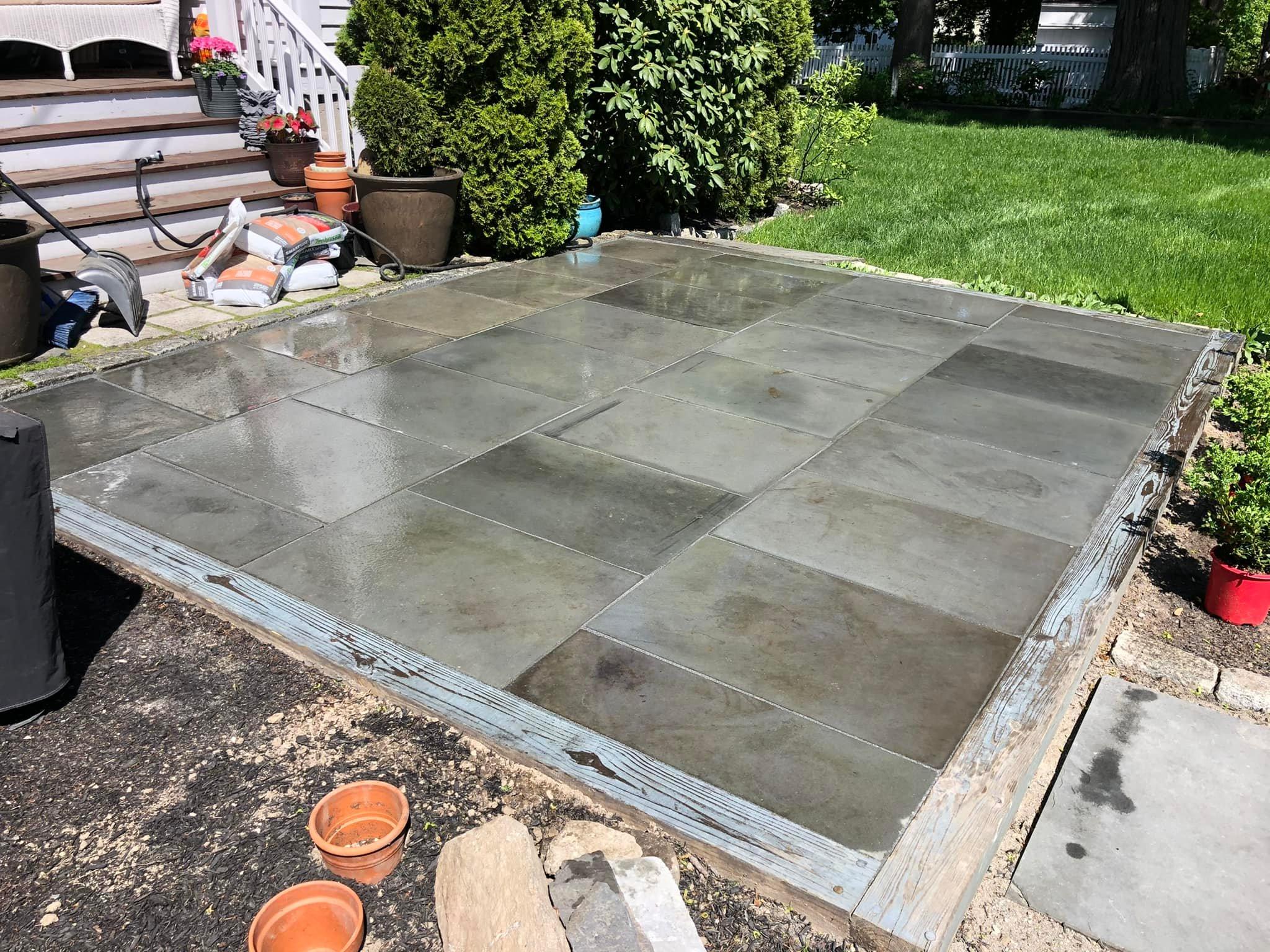
Choosing the Right Sealer for Your Needs and Climate
When choosing the right sealer for your concrete surfaces, it’s crucial to consider both your specific needs and the climate in your region. Different sealers may perform better under certain conditions, and what works best in a rainy climate may not be the optimal choice for a dry, sunny area.
Consider the Climate: If you live in a region with high rainfall or humidity, a sealer with exceptional water-resistant properties, such as a penetrating sealer, might be your best bet. On the other hand, if your area experiences intense sun exposure, a UV-resistant sealer like an acrylic sealer may be the optimal choice to prevent color fading and degradation caused by UV rays.
Assess Your Needs: Besides the climate, consider the specific needs of your concrete surfaces. If your concrete is exposed to heavy foot or vehicle traffic, choose a high-durability sealer like an epoxy sealer. If you’re dealing with an indoor surface or you prefer a glossy finish, an acrylic or epoxy sealer might be the way to go.
Consult With Professionals: Finally, don’t hesitate to consult with a professional concrete contractor or supplier. They can provide valuable insights and recommendations based on their experience and knowledge of different sealers and conditions.
Remember, the right sealer can significantly extend the life of your concrete surfaces, enhance their aesthetic appeal, and save you money in the long run. Therefore, it’s well worth taking the time to make an informed decision.
In conclusion, sealing your concrete surfaces is a crucial step in maintaining and protecting them for the long haul. By understanding the different types of sealers, properly preparing your concrete, and choosing the right sealer for your needs and climate, you can ensure maximum protection and longevity for your property. Don’t wait until damage occurs; start implementing a regular sealing routine today to keep your concrete looking its best. So, whether it’s your driveway, patio, or warehouse floor, make sure to give your concrete surfaces the care they deserve and enjoy their benefits for years to come!
Stingray Sealing Services
https://www.google.com/maps?cid=9420210911153088529
13561 Luxe Ave Apt. 205, Bradenton, FL 34211
(941) 444-0573
https://stingraysealing.com/

